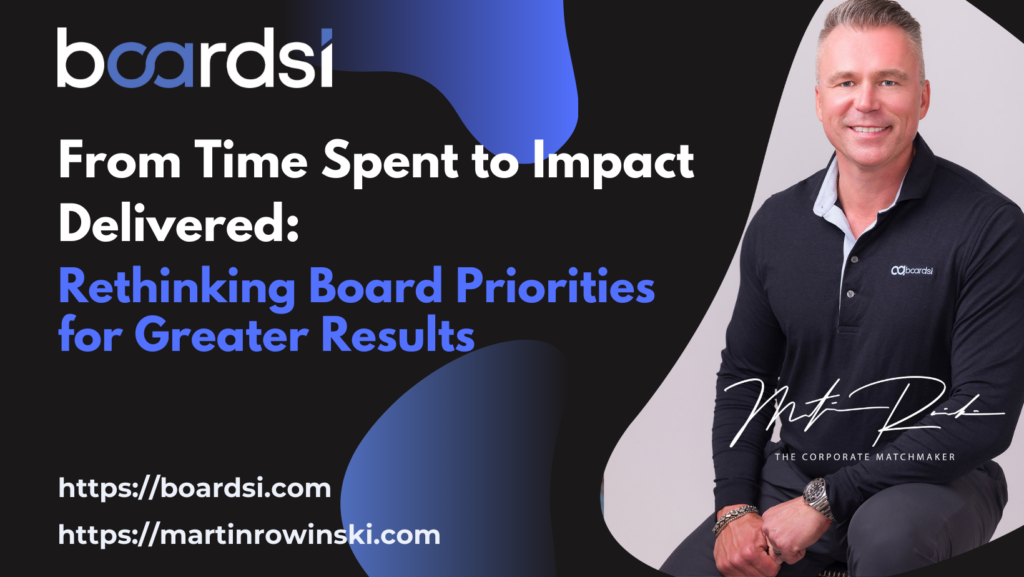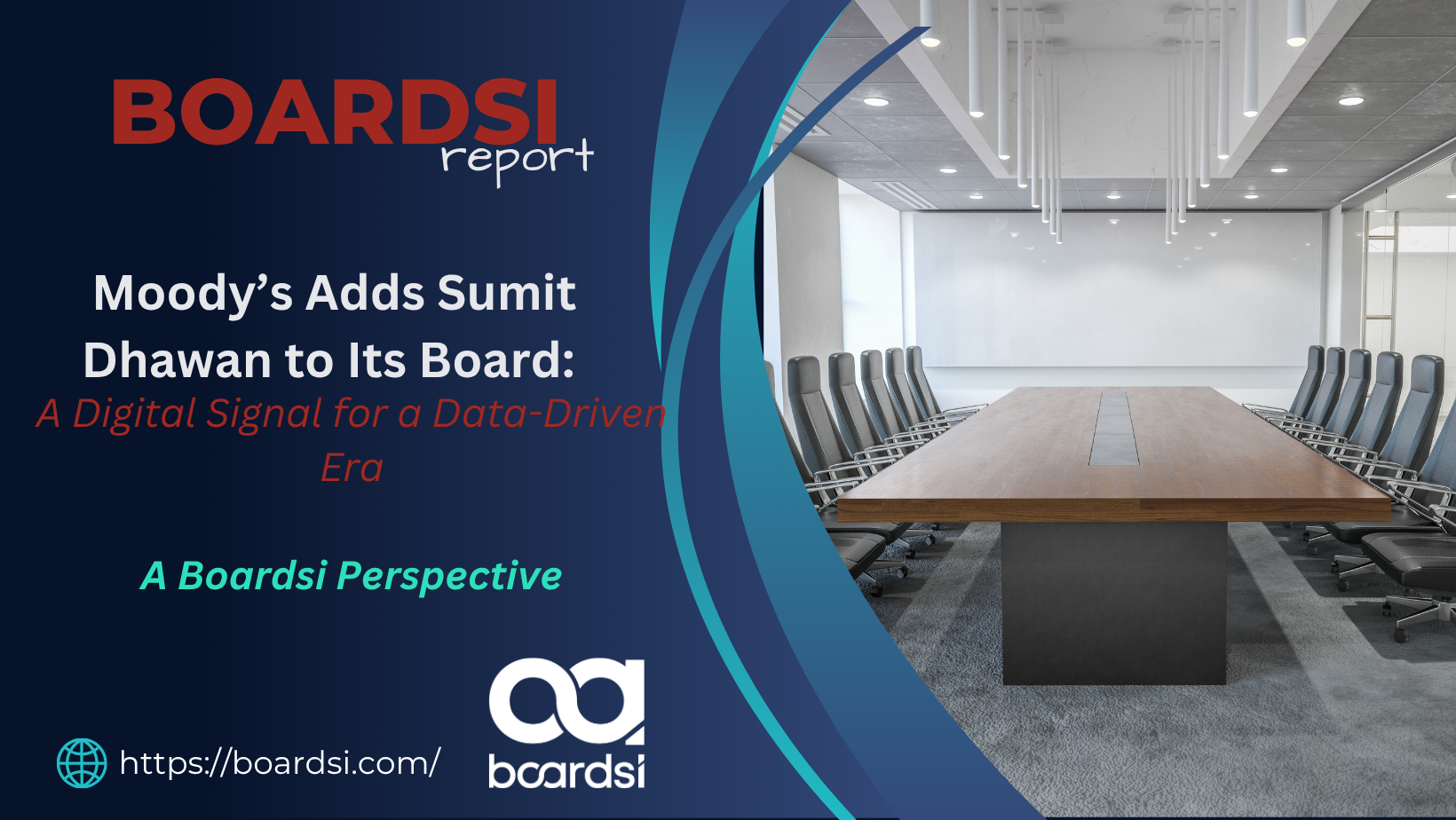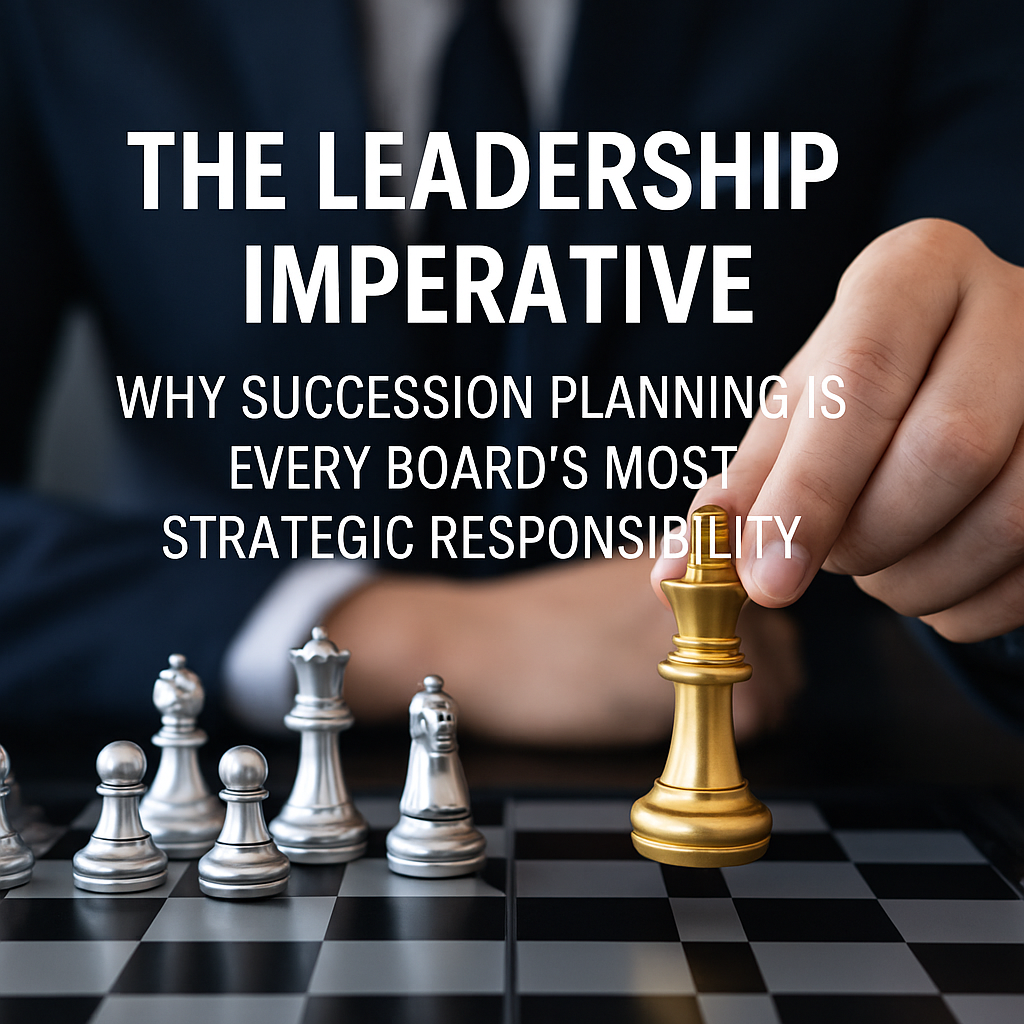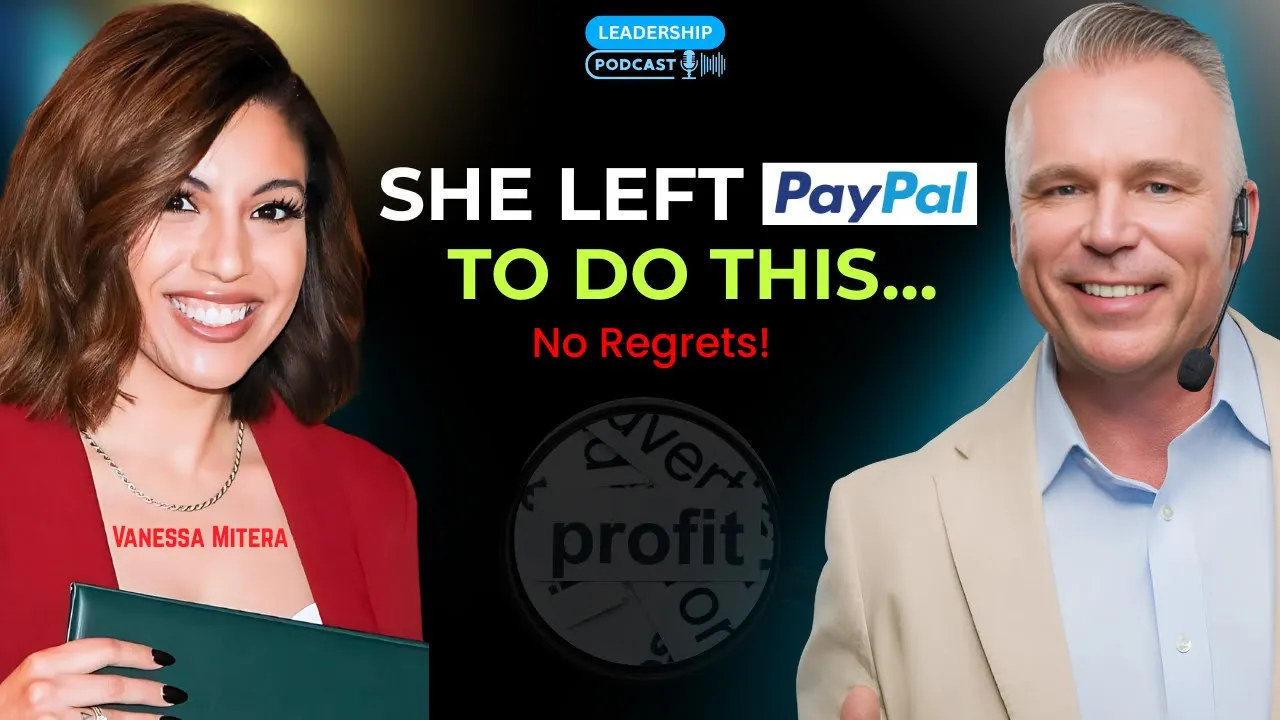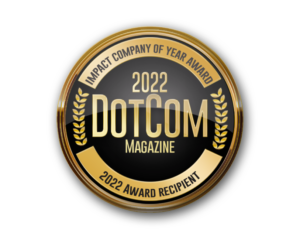Corporate boards are tasked with navigating organizations through an increasingly complex business landscape, balancing regulatory compliance, strategic growth, risk management, and leadership development. However, as recent insights from the Harvard Law School Forum on Corporate Governance (https://corpgov.law.harvard.edu/2025/03/16/three-areas-where-boards-spend-their-time-but-dont-see-results/#more-172085) reveal, spending more time on these priorities does not always translate into better outcomes.
Boards often dedicate significant hours to key areas such as strategic planning, corporate culture, and succession planning, yet many still struggle to see tangible improvements. So, where is the disconnect? And more importantly, how can boards transform their efforts into measurable success?
1. Strategic Planning and Risk Management: Beyond the Check-the-Box Approach
According to the Harvard report, 85% of board directors say strategic planning and risk management are top priorities. Despite this, only 56% believe their organizations are consistently achieving financial growth, and 67% feel their companies maintain operational excellence. This signals a clear misalignment between board efforts and actual business results.
The Common Pitfalls:
- Too much time spent on theoretical strategy discussions rather than on actionable execution plans.
- Failure to integrate emerging technologies and market shifts into the strategic framework.
- Reactive risk management, where boards focus on compliance and reporting rather than proactive risk mitigation.
My Take: What Boards Must Do Differently
Strategic planning should be a dynamic and continuous process, not an annual exercise. Boards need to shift from high-level discussions to scenario planning and decision modeling—anticipating multiple futures, leveraging AI-driven analytics, and integrating market intelligence to drive more informed decisions.
Additionally, risk management should go beyond just reviewing reports. Boards should actively challenge assumptions, stress-test business models, and develop adaptive strategies to stay ahead of industry disruptions.
2. Corporate Culture: Measuring What Matters
Corporate culture has finally become a key boardroom topic, with 51% of directors discussing it in at least half of their meetings—a significant increase compared to previous years. However, only 53% feel they have meaningful data to assess corporate culture, highlighting a major gap between awareness and action.
Why This Happens:
- Boards struggle to quantify corporate culture, making it difficult to track progress or implement meaningful changes.
- Lack of direct engagement with employees and stakeholders, leading to an overreliance on top-down reporting.
- Culture seen as a “soft” issue, rather than as a driver of financial and operational performance.
My Take: A Data-Driven Approach to Corporate Culture
Culture is not just about values written on a website—it’s about behaviors, decision-making, and accountability at every level. Boards need to implement real-time employee feedback systems, engagement surveys, and sentiment analysis tools to gather actionable insights.
Additionally, embedding culture into business performance metrics—such as retention rates, leadership development, and innovation initiatives—will help bridge the gap between qualitative and quantitative assessment.
3. Succession Planning: A Reactive vs. Proactive Approach
CEO and leadership succession planning remains a critical concern, yet 47% of directors admit they need to spend more time on it. Even more concerning, less than half of boards feel confident in their ability to identify the right successor when the time comes.
Where Boards Go Wrong:
- Succession planning is treated as a one-time event rather than an ongoing leadership development process.
- Over-reliance on a single “heir apparent” instead of cultivating a strong leadership pipeline.
- Lack of transparency and communication between boards, executives, and leadership teams.
My Take: Boards Must Own Leadership Development
Great companies don’t just plan for leadership transitions—they build leadership depth at every level. Boards need to actively partner with HR, implement executive mentorship programs, and create structured leadership assessment frameworks to track and develop high-potential leaders.
Furthermore, boards should establish clear leadership criteria—focusing on strategic vision, adaptability, and innovation mindset—rather than just promoting based on tenure or financial performance.
Closing Thoughts: How Boards Can Turn Time into Impact
These findings highlight an uncomfortable truth: Boards are spending more time, but they are not necessarily getting better results. The solution is not to simply dedicate more hours but to rethink how time is spent and adopt more outcome-driven strategies.
Key Actions for Boards to Implement Now:
- Transform Strategic Planning into Continuous Strategy Execution
- Leverage data analytics, scenario planning, and market intelligence for real-time decision-making.
- Shift focus from abstract strategies to actionable implementation roadmaps.
- Quantify and Drive Corporate Culture with Data
- Implement real-time engagement and culture tracking tools.
- Embed cultural health metrics into executive performance evaluations.
- Develop a Succession Pipeline, Not Just a Successor
- Prioritize internal leadership development and mentorship programs.
- Implement a transparent, competency-based approach to leadership selection.
Final Takeaway
In today’s fast-changing business landscape, boards can no longer afford to focus on time spent—they must focus on impact delivered. By shifting from passive oversight to proactive governance, data-driven culture management, and leadership development, boards will not only fulfill their fiduciary duties but also create lasting value for their organizations.
As someone who works closely with executives, board members, and leadership teams, I’ve seen firsthand what works—and what doesn’t. It’s time for boards to redefine how they measure success, focusing not just on where they spend time but on how they drive results, shape culture, and build a leadership legacy that endures.
What’s Next?
For those looking to elevate their board effectiveness and executive impact, I invite you to connect with Boardsi for more insights on corporate governance, leadership, and strategic decision-making.
Let’s move beyond spending time—to actually making an impact.
#Boards, #CorporateGovernance, #Leadership, #ExecutiveLeadership, #StrategicPlanning, #RiskManagement, #CorporateCulture, #SuccessionPlanning, #BoardOfDirectors, #BusinessStrategy, #Boardsi, #MartinRowinski, #LeadershipDevelopment, #Governance, #CLevelExecutives, #BoardroomExcellence, #DataDrivenDecisions, #ExecutiveSearch, #BoardRecruitment, #FutureOfLeadership

